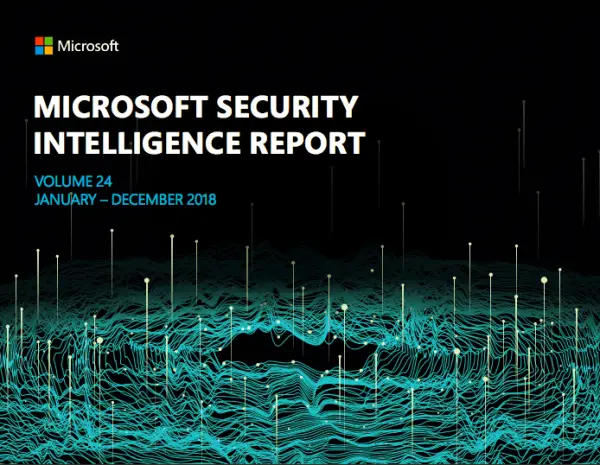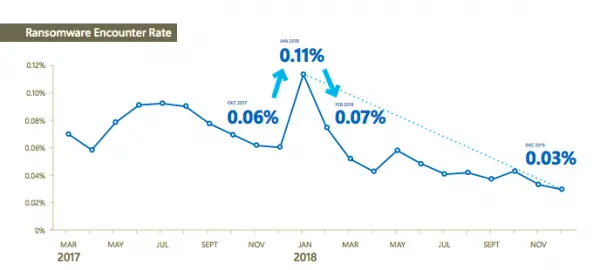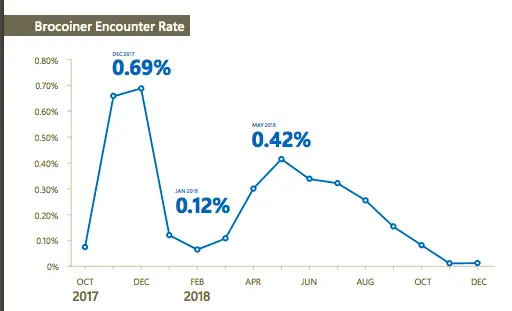Microsoft has published the latest Security Intelligence Report. This report is published every year and offers an insight into the security threats and how they have been affecting the stakeholders. This year’s report is comforting as it talks about the decline in ransomware. However, phishing is on the rise and so is the crypto-mining hijacks.

According to the Security Intelligence Report, Phishing messages have increased by 250% in the timeframe of January to December 2018. Microsoft arrived at this number after scanning more than 470 billion email messages for malware and phishing attacks in 2018.
The report further elucidates that the phishing attacks have evolved. Lately, attackers have been using a combination of sophisticated methods for phishing. This is a stark contrast to the older times when attackers simply used fake url’s or emails. On the other hand, attackers have also improvised on their methods. For instance, the phishing attacks now use different delivery spans and depend on hosted infrastructure and cloud services. All of this is expected to help the attackers go undetected.
Decline in Ransomware

“The decline in ransomware encounters was due in part to improved detection and education that made it more difficult for attackers to profit from it. As a result, attackers began to shift their efforts away from ransomware to approaches such as cryptocurrency mining, which uses victims’ computing resources to make digital money for the attackers.”
The number of detected Ransomware attacks has gone down by 60%. As per the report, companies are aware of ransomware attacks and are taking the necessary steps to safeguard themselves from the same. Interestingly ransomware attackers seem to be shifting to cryptocurrency mining.
A rise in Cryptocurrency Mining

The number of Cryptocurrency Mining incidences are twice as much as that of ransomware. As per the report the average worldwide cryptocurrency coin mining encounter rate stood at 0.12% in 2018.
Decrease in Malware
Malware encounters lie in the range of 5 percent to 7 percent. Microsoft says that the increased adoption of Windows 10 and use of Windows Defender has resulted in lesser malware attacks.
Leave a Reply